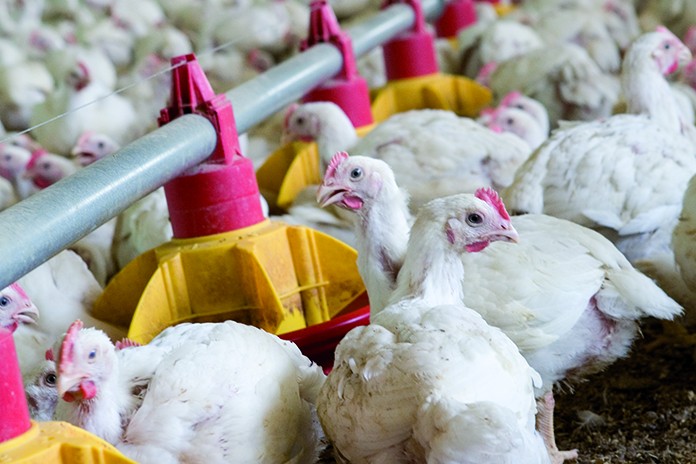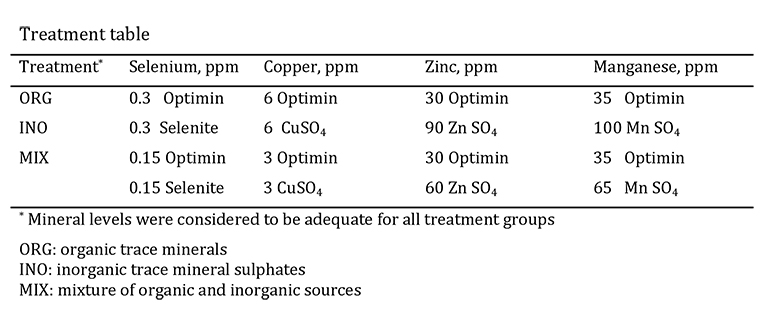
A study of broiler breeder performance was conducted using three separate minerals programmes. The objective was to determine if productivity could be maintained at lower inclusion levels, simultaneously benefitting the bird and the environment. The results show an improvement in egg production and a decrease in mortality.
Higher bioavailability, lower dosage
Due to relatively low costs, inorganic trace mineral sulphates are often supplied in excess to ensure deficiencies do not occur. However, organic trace minerals such as proteinates have established their efficacy over decades of usage. As they are more bioavailable to the bird, they can be fed at reduced levels.
Productivity put to the test
Trouw Nutrition conducted a study at North Carolina State University. The objective was to determine if broiler breeder performance could be differentially influenced by either replacing high levels of trace mineral sulphates, with reduced levels of trace mineral proteinates, or a mixture of the two.
Researchers studied 2,304 females and 264 males across 12 pens. At 21 weeks of age, three trace mineral programs were applied – each with differing copper, zinc, manganese and selenium content. Exact program mineral levels can be seen in the treatment table. Organic trace minerals improving broiler performance
Organic trace minerals improving broiler performance
When fed the organic trace mineral program between 27- 35 weeks of production, the rate of lay and the number of eggs per hen increased while hen mortality decreased. Furthermore, in the later weeks (weeks 36-45) providing a mixed program including both mineral sources reduced the number of late, dead embryos. No differences in fertility, hatchability and shell quality were found. However, the use of organic trace minerals increased the selenium content in the egg compared to the inorganic mineral-fed birds. The higher selenium content is a competitive advantage for producers, as selenium enriched eggs are considered a value-added product due to their recognized benefits in human health. The implications of these data may indicate that total trace mineral levels can be reduced without affecting performance when using a more bioavailable source of minerals. This has the benefit of reducing trace mineral excretion and its impacts on the environment while maintaining optimal broiler breeder production.

















